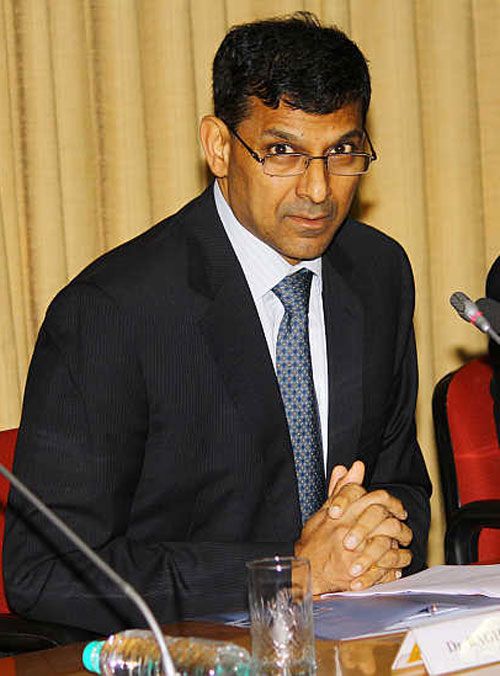 Calling for a debate among central bankers on 'helicopter money' policy, Reserve Bank of India Governor Raghuram Rajan on Tuesday questioned political feasibility and economic benefits of such an easy direct-to-public money transmission.
Calling for a debate among central bankers on 'helicopter money' policy, Reserve Bank of India Governor Raghuram Rajan on Tuesday questioned political feasibility and economic benefits of such an easy direct-to-public money transmission.
'Helicopter drop of money' is used as a metaphor for an unconventional monetary policy tool that typically involves central banks printing large sums of money and distributing it directly to the public or investing in public projects.
So far a hypothetical monetary policy, it is being debated to spur spending and boosting economic growth in times of near-zero interest rates and ultra-low or negative inflation.
Delivering a lecture at the London School of Economics, Rajan said it needed to be asked whether the global monetary policy was increasingly becoming part of the problem, rather than being part of a solution.
"It is not absolutely clear that throwing the money out of the window, or targeted cheques to beneficiaries will be politically feasible in many countries, or produce economically the desired effect," the former Chief Economist of International Monetary Fund said.
Last weekend in New Delhi also, Rajan had said that when the rate of price rise threatens to fall below the lower band or zero, one of the options before the governments and central banks is 'helicopter drop' of money.
However, there was a probability that people may not spend and save it, thereby not contributing to growth, he had said.
'Helicopter drop' was first proposed as an alternative to quantitative easing by the noted American economist Milton Friedman way back in 1969.
However, it became popular when Ben Bernanke referred to this term in 2002, when he was a Federal Reserve Governor.
This earned 'Helicopter Ben' moniker for Bernanke, who became US Fed Chairman in 2006.
The term has become even more popular in recent times in the wake of the US central bank's quantitative easing policy and is now being referred to as 'QE for the public'.
Interestingly, Bernanke as Fed Chairman embarked on various rounds of 'quantitative easing' to invest trillions of dollars into the system to boost economic growth in the US.
Rajan, known for his frank views on domestic and global macroeconomic issues, however, has been lately seen as disapproving lower interest rates to boost growth, saying low rates actually lead to people saving more rather than spending.
Image: Raghuram Rajan. Photograph: Reuters










